
On the morning of March 23, 1951, the skies over Korea roared with the sound of C-119 Flying Boxcars and C-46 Commandos. The drop zone: a muddy expanse near Munsan-ni, just north of Seoul. The mission: cut off retreating Chinese and North Korean forces before they could regroup. Nearly 3,500 paratroopers of the 187th Regimental Combat Team (Airborne) jumped into history that day, executing what would become the second, and final, U.S. combat parachute operation of the Korean War.
It was called Operation Tomahawk, and while it’s often overshadowed by the earlier success at Inchon or the frozen hellscape of the Chosin Reservoir, this operation was a daring attempt to reassert the value of airborne forces in a rapidly evolving war.
Setting the Stage: Operation Courageous
To understand Tomahawk, you have to zoom out.
By March 1951, the United Nations Command, led by General Matthew Ridgway, had launched Operation Courageous, a major offensive aimed at trapping large concentrations of Chinese and North Korean troops north of Seoul. The plan called for fast-moving ground forces to push northward while an airborne force dropped behind the lines to slam the back door shut.
That airborne force? The 187th Regimental Combat Team, better known as the “Rakkasans.”
Operation Tomahawk Begins
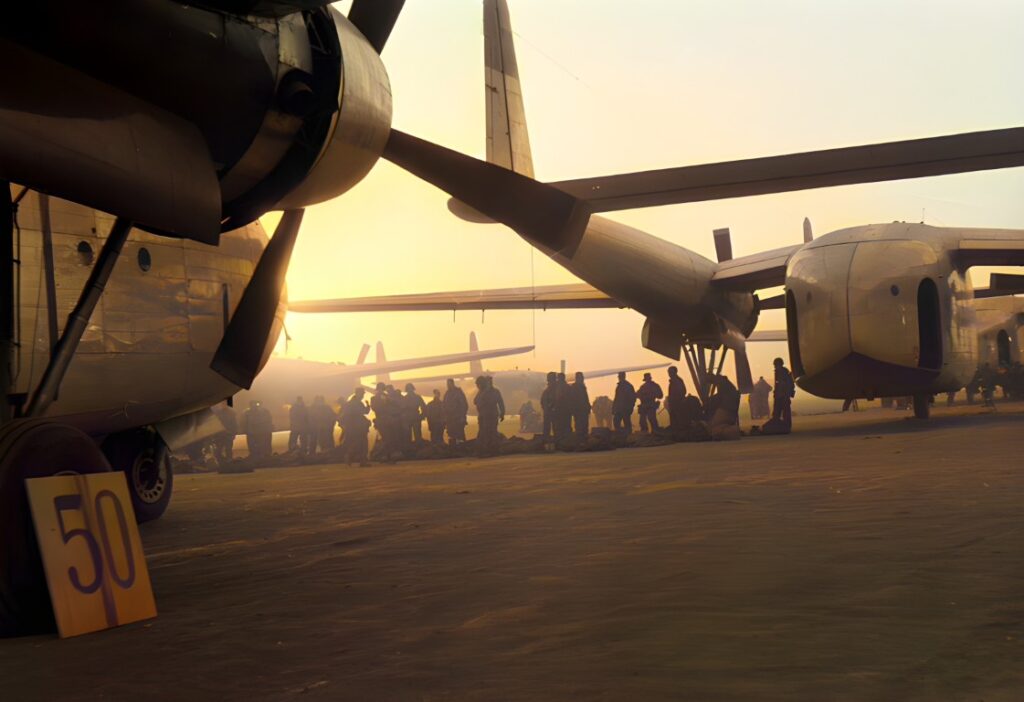
The C-119 Flying Boxcars appeared just after sunrise, dozens of them, droning in low over the hills like a swarm of mechanical hornets. Below, the rice paddies near Munsan-ni stretched out pale and damp, still clawing their way free of winter. What had been a quiet, mist-covered morning quickly transformed into the largest combat parachute drop of the Korean War.
One by one, the bellies of the aircraft opened, and the men of the 187th RCT, and attached alongside them, the 2nd and 4th Ranger Infantry Companies (Airborne) spilled into the sky. Some of them were veterans of earlier wars, Normandy, the Pacific, even the jump into Luzon. Others were kids, barely old enough to shave, falling into their first war with nothing but training and a bit of luck between them and the ground.
The drop was tighter than most had dared hope. Winds were cooperative, visibility was fair, and for once, the fog didn’t ruin the plan. Most men landed within a mile of the intended zone. There were exceptions, of course, there always are, but the drop zone wasn’t the slaughter pit some had feared. The real challenge waited after touchdown.
The paratroopers hit the ground fast. Some rolled cleanly, others splashed into half-frozen paddies or slid face-first into ditches lined with brittle reeds. Chutes tangled in trees. Weapons were unbagged, checked, and loaded on instinct. Within minutes, squads were forming up, checking rosters, and orienting themselves in the patchwork terrain. There wasn’t time to savor the moment. There never was.
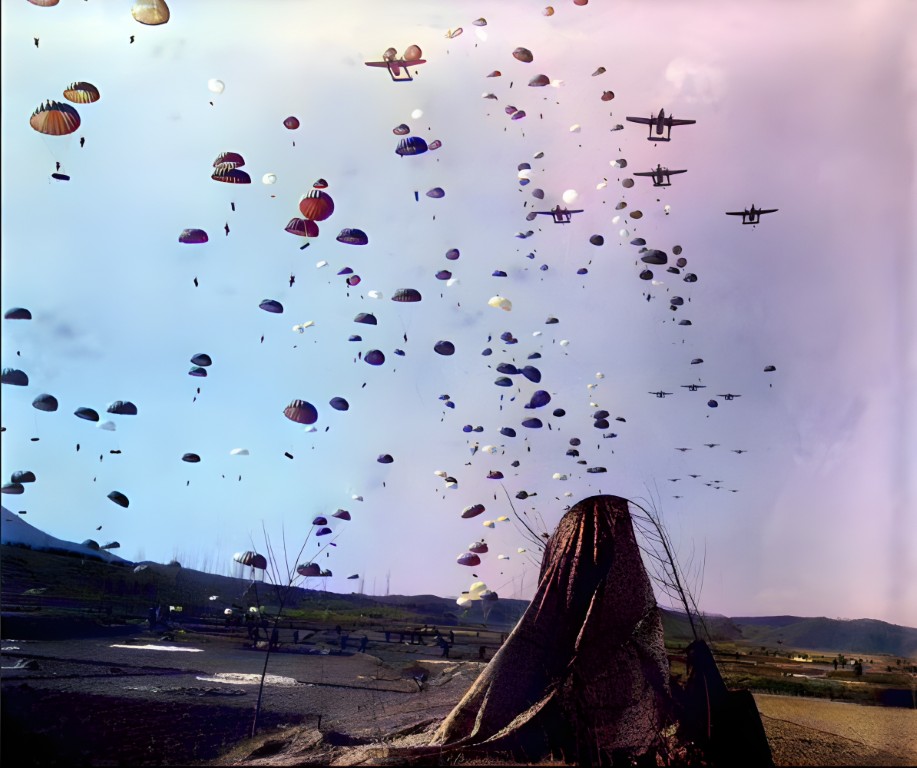
Light fire crackled from the eastern tree line, not sustained, not heavy, but enough to remind everyone that Korea was still very much an active warzone. Chinese and North Korean units hadn’t fully withdrawn, and those that remained weren’t eager to roll over. Scattered resistance, mostly in platoon-sized pockets, met the Rakkasans in hedgerows, irrigation lines, and along old foot trails that hadn’t seen peace in over a year.
In some sectors, the fighting was sharp and personal. One squad reported a sniper firing from a collapsed barn just north of the DZ. They cleared it with grenades and a short burst of automatic fire. Another platoon engaged a half-strength Chinese patrol near a stone bridge, using fire and maneuver to flank and drive them off. There were no clean kills, no textbook wins, just fast-moving gunfights in bad visibility and worse footing.
By midday, the 187th had secured the bulk of its objectives: the drop zone, the surrounding high ground, and key approach routes that Chinese forces might use to escape the tightening noose of Operation Courageous. Now came the hard part, holding it.
March 24, 1951 – Digging In and Waiting for the Push

As the hours passed, the reality of the mission sank in. The RCT wasn’t there to destroy a massive enemy force, they were there to block it. Their job was to act as a cork in the bottle while IX Corps advanced from the south. The problem? The bottle was leaking, and nobody was sure how much pressure was building inside.
Chinese forces probed the lines that night. There were no mass charges, no shrieking bugles like there had been along the Yalu. These were smart, quiet soldiers, scouts, mostly, slipping through the brush to test the Rakkasan lines. In some sectors, claymore mines stopped them cold. In others, short, sharp firefights broke out, sometimes no more than two dozen rounds exchanged before the attackers vanished again.
But every Ranger and every paratrooper on that ridge knew what it meant: the Chinese knew they were there.
The 187th dug in deeper, spread out its patrols, reinforced its fire lanes. Field artillery dropped with the jump began setting up, 75mm pack howitzers, dragged into place and zeroed by sweaty, cursing gunners who hadn’t slept since takeoff.
The fog returned the next morning, thick and wet, clinging to weapons and nerves alike. And with it came a second wave of engagements.
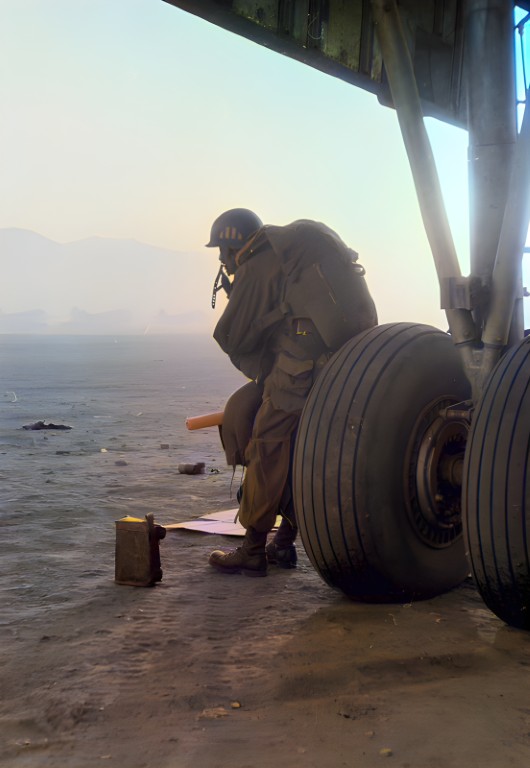
The enemy didn’t come all at once. They came in twos and threes, then half a squad, then full squads moving just outside visible range, flanking the high ground and testing the edges. Fighting flared up near the northern paddy line where a reinforced Chinese platoon attempted to push through a narrow defile. The paratroopers held, though not without cost, three dead, six wounded, and a stretch of ground that would forever smell like burnt cloth and cordite.
Despite the growing enemy pressure, the 187th held firm. Air support was limited, cloud cover grounded most fixed-wing strikes, but a few passes from Marine Corsairs kept the northern hills quiet for a stretch. One squad from the 674th Airborne Field Artillery reported using direct fire to repel a Chinese flanking attempt, leveling a grove of trees and cutting off a retreat path in the process.
By the end of March 24, the RCT had not only secured its objective, but linked up with advancing elements from the south, infantry from IX Corps pushing up in staggered formation. For a moment, it looked like the trap might actually close.
But war rarely behaves.
Aftermath – March 25 and Beyond
The enemy slipped away, most of them, anyway. Reports trickled in of intercepted radio traffic, suggesting that the main body of Chinese and North Korean troops had started pulling back before the paratroopers ever hit the ground. That didn’t mean the operation was pointless, but it did temper the headlines.
What could have been a massive encirclement ended up more like a territorial shoving match. Tomahawk didn’t trap a division, it inconvenienced a few regiments.
But it did prove one thing: airborne operations still had teeth, even in Korea’s unforgiving terrain. The Rakkasans had jumped, fought, secured, and held under harsh conditions, behind enemy lines, with limited support. It wasn’t glamorous. It wasn’t a Hollywood war story. But it was a professional job done by professional soldiers, and that counted for something.
The Reality Check: Strategic or Symbolic?

Operation Tomahawk was technically a success: the drop went smoothly, casualties were minimal, and the 187th linked up with UN ground forces as planned.
But it didn’t deliver the dramatic results that many airborne commanders had hoped for. The enemy had already begun withdrawing, and the blocking force never truly “trapped” a significant number of Chinese or North Korean troops. The operation proved that paratroopers could still be deployed effectively, but also raised questions about whether such large-scale jumps were tactically relevant in the Korean theater, where mountainous terrain and fluid frontlines made helicopter-borne insertions and infantry patrols more practical.
Where was the 1st Ranger Company?
This is where it gets interesting.
Despite being highly trained and Airborne-qualified, the 1st Ranger Infantry Company (Airborne) did not participate in the Tomahawk jump. Instead, the Rangers were operating in support of the 2nd Infantry Division, conducting reconnaissance, direct action, and ambush missions north of Seoul, often moving on foot or by truck, never by parachute.
So while the Rakkasans jumped into the rear of enemy lines, the 1st Rangers company were already out there in the brush, watching, reporting, and fighting in their own quiet way. It was a good example of how different elite forces were evolving: airborne infantry still leaned on big, bold operations; Rangers favored mobility, speed, and infiltration.
Legacy: The Last Parachute Hurrah
Operation Tomahawk was the last time U.S. forces conducted a mass combat parachute assault in Korea. Its sibling jump, Operation Chromite, the landing at Inchon in September 1950, had been a dramatic amphibious success. But Tomahawk marked the end of the big airborne chapter for this war.
It wouldn’t be until 1967’s Operation Junction City in Vietnam that the U.S. would attempt another large-scale combat jump.
The 187th, however, left its mark. Its soldiers proved that the airborne spirit was alive and well, and many of the tactics, logistics, and lessons from Tomahawk would go on to shape later airmobile doctrine, including the use of helicopters in Vietnam.
Rakkasans Remembered
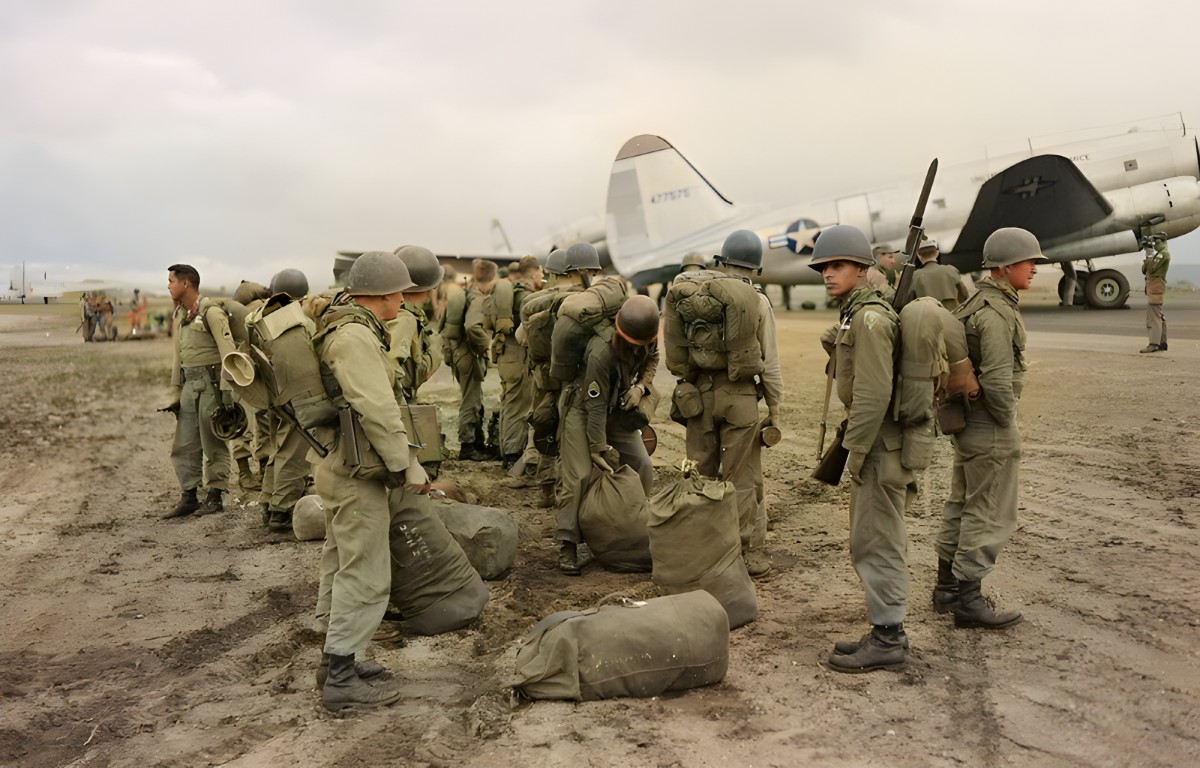
Today, the 187th RCT’s legacy continues as part of the 101st Airborne Division. Veterans of Tomahawk remember the jump not as a dramatic victory or a desperate gamble, but as a rare moment when old-school airborne tactics met modern warfare, and still found a place, even briefly, on the battlefield.
For the historians, Tomahawk is a footnote. For the Rakkasans, it was a milestone.
And for the Rangers watching those planes take off from Kimpo that morning, it was a reminder: whether you drop from the sky or sneak through the brush, the mission is always the same, get in, hit hard, hold the line.
Final Thoughts: Was Operation Tomahawk Worth It?
That depends on who you ask.
Strategically? The operation didn’t trap the enemy as hoped, but it reinforced Ridgway’s offensive momentum.
Tactically? It was a clean jump, a quick link-up, and a morale boost.
Historically? It was a last salute to a style of warfare already on its way out, big jumps, big formations, and boots hitting the ground in perfect unison.
Symbolically? It proved one thing above all else: Airborne wasn’t just a method. It was a mindset.

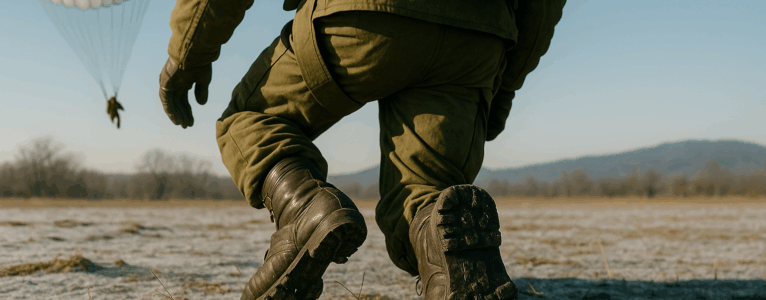

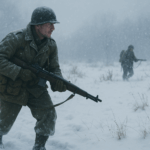
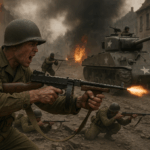
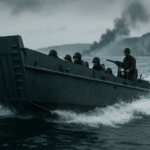
some genuinely marvelous work on behalf of the owner of this website , utterly great articles.